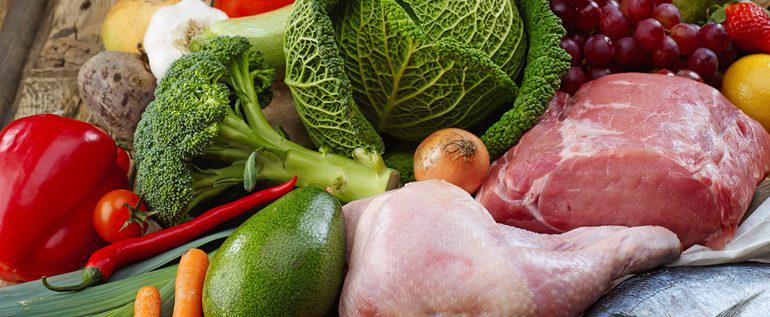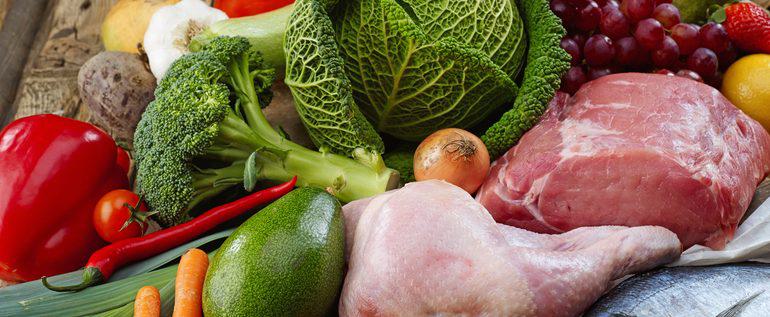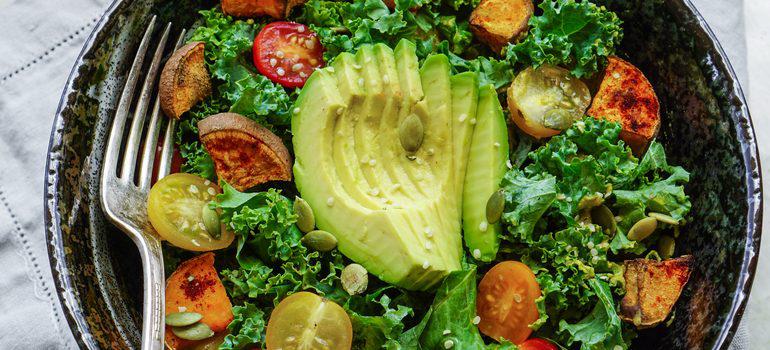


 Anytime you adopt a new eating plan, certain foods are added to your daily intake and certain foods are removed. It is important to pay attention to which nutrients you add and subtract to ensure you are maintaining a balanced diet on your new plan. With the paleo diet, you will have a lot of protein and fiber, so take that into account. Increasing fiber content significantly in a short period can disrupt your digestive system, so increase your fiber gradually. Too much protein can also have negative health consequences, so just remember to ease into the new diet so as not to disrupt your system with drastic changes.
On paleo, you will notice that there are fewer grains and carbohydrates. This is typically okay as vegetables can be a good source of healthier carbs anyway, but make sure you do not eat too much of one type of vegetable, as you will need a more balanced nutrient profile overall. We always love the tip of making sure your plate has three or more colors on it. This keeps you from only eating greens or eating too much meat and ignoring the other important food groups.
Anytime you adopt a new eating plan, certain foods are added to your daily intake and certain foods are removed. It is important to pay attention to which nutrients you add and subtract to ensure you are maintaining a balanced diet on your new plan. With the paleo diet, you will have a lot of protein and fiber, so take that into account. Increasing fiber content significantly in a short period can disrupt your digestive system, so increase your fiber gradually. Too much protein can also have negative health consequences, so just remember to ease into the new diet so as not to disrupt your system with drastic changes.
On paleo, you will notice that there are fewer grains and carbohydrates. This is typically okay as vegetables can be a good source of healthier carbs anyway, but make sure you do not eat too much of one type of vegetable, as you will need a more balanced nutrient profile overall. We always love the tip of making sure your plate has three or more colors on it. This keeps you from only eating greens or eating too much meat and ignoring the other important food groups.